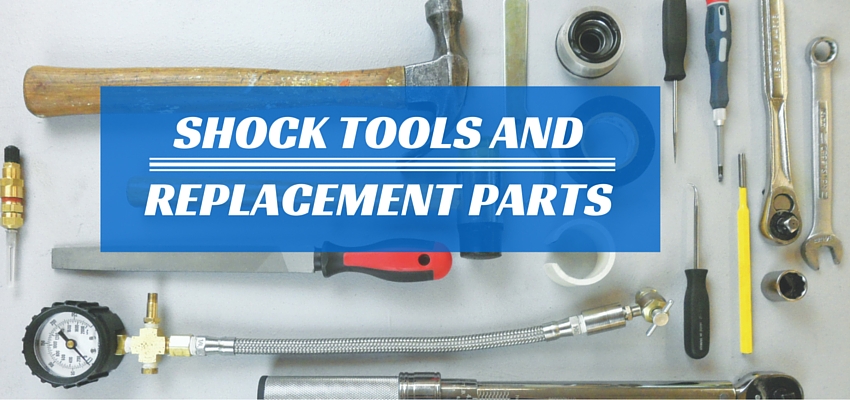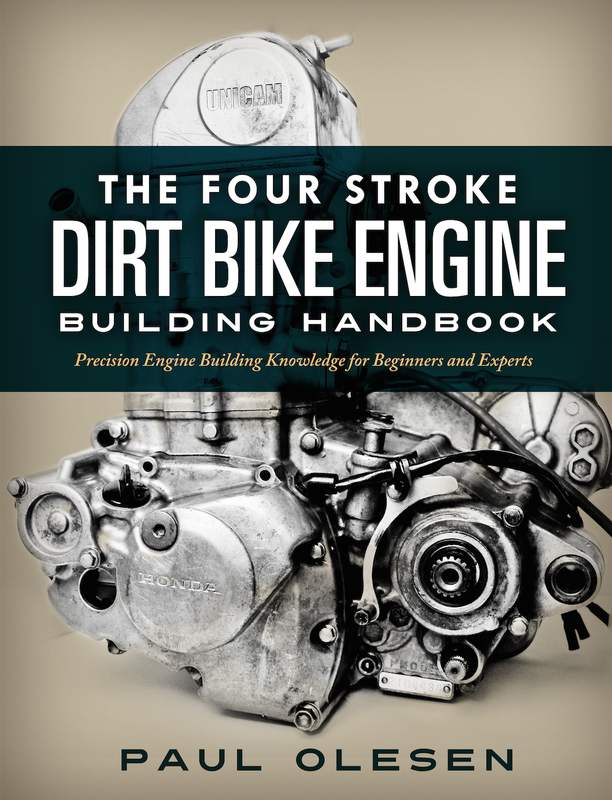I suspect many of you currently take your shock to someone to have it serviced when it needs to be freshened up? I also bet that it is usually a pain to be without a bike for perhaps a week and that it probably costs around $100 each time? I know I always dreaded having suspension work done on my bike because it seemed to take forever, plus I always had to drive over an hour and half to the nearest shop. For me, those days are long gone. Now I do all my suspension work myself.
I believe the majority of you are completely capable of servicing your shocks yourself, but just don't quite have all the pieces of the puzzle you need. Maybe you're not quite sure what tools you need; or once you get the shock apart, you don't know what parts you will have to replace? To help clarify what's needed to service a shock and answer some of the common questions about shock building, I created a detailed guide for you. The guide will help you decide if outsourcing your shock maintenance is the way to go or if you are in fact ready to take the job on yourself.
Before I discuss the details of the guide, I want to provide you with a little background on shock absorbers. For major motorcycle brands, shocks are sourced from the following companies: Showa, KYB, and WP. These three brands are primarily the companies responsible for equipping OEM bikes. Companies, such as Ohlins, cater more towards the aftermarket. Out of the three common OEM shock brand options, Showa and KYB are the go-to's for the Japanese manufacturers, while European brands, such as KTM, gravitate toward the WP brand. So if there is any question as to what brand of shock you have, you can keep this in mind. Out of the three common OEM brands, Showa and KYB shocks are very similar, while WPs feature a slightly different design.
The guide I created is geared towards those of you with either Showa or KYB shocks. Those of you with WP shocks may still find the guide useful, but there are a couple tools missing. Within the eight page guide, you'll be provided information on all the tools you need to service a Showa or KYB shock. These tools include any specialty tools and discuss shock pressurization options. Plus there are some pointers on how to make your own specialty tools if you are on a budget.
Once you get through the tools section you'll be presented with a detailed outline on replacement parts. Knowing what to replace within the shock when it is due for servicing is extremely important and the replacement parts section will walk you right through what you may need. It will also provide you with different options for buying replacement parts.
To learn more about shock building and download the free guide, simply enter your email below.
Paul





